
Jogo Bonito: Guide To Brazilian Game (Part 2)
If you followed this series then you know that in Part 1 I have set the scene with the historical background and highlighted a few roles important to the style. Thus in this section, I will explore my FM23 tactic in greater detail. A few important questions remain. How am I to create a tactic that is closely inspired by Brazilian Jogo Bonito style? What are some essential elements that I will attempt to convey on the pitch? The roles and the shape are important but are only two parts of this. While team instructions by themselves are important, they are not everything. How all three of these elements come together is the tricky part. The three combined make the whole tactical system, but cannot be examined in isolation. Anyway, read on to find out how Brazilian Jogo can be recreated in FM23.
False 10 – The Game of Feint and Riposte
While in fact Carlos Alberto was a hell of a player, what made that 1970 team truly special was the work of the other 10 players on the field. And we still have a few more roles to work through in this introduction.
Upfront you had the four of Zagallo’s Five Number 10s. Rivellino on the left flank. He started in deep left position, as almost a central midfielder and then in possession of the ball would dribble out wide. From there he would either make diagonal runs towards goal or send long, accurate laser balls towards the right side where Jairzinho was ready to receive them. A hard role to nail down in FM23 or any FM. For now I’m hesitating on IW(S) with a few individual instructions like “stay wide”. Then on the opposite flank we had Jairzinho who was a natural right-footer, best known for his finishing, passing, lightning fast pace and dribbling. Jairzinho was one of the players that would define the Inside Forward role. Except he was much more creative then that.
Of course, as was the case with that Brazilian team, Jairzinho was a star at club level (at Botafogo he was the playmaking fantasista). But in Zagallo’s team he was only one of 5 such players. But more on Jairzinho role later. For now all we need to know is that he would also fall back to wide midfield position when defending or pressing the opposing full-back. And during possession would go very central into the space traditionally held by #10 AMC position. But if there was all that space there then where was the #10 in this formation? Where was Pele? Most of the time, probably not too far from opposition penalty area. Pele was Pele.
For any football fan, no explanation is needed for Pele or what made him into a world phenomenon. Today, his name alone has come to symbolize greatness, unrivaled athleticism, grace and flair. Pele was footballing as an art-form. Likewise Pele has come to personify all of Brazilian ginga football style. But before he became the Brazilian ginga master of the unexpected, Pele mastered the shadow arts. The Brazilian managed to score 1281 goals, more than any striker in history, while operating mostly from the attacking midfield position and not the traditional striker role. How?
Dennis Bergkamp famously labeled himself as a shadow striker in his autobiography Stillness and Speed: My Story. Incidentally stillness and speed are both excellent words to describe the hunter’s instincts required for this enigmatic role. However, Bergkamp was not the first or even the greatest shadow striker to grace the beautiful game. That title should probably go to the one and only, Pele.
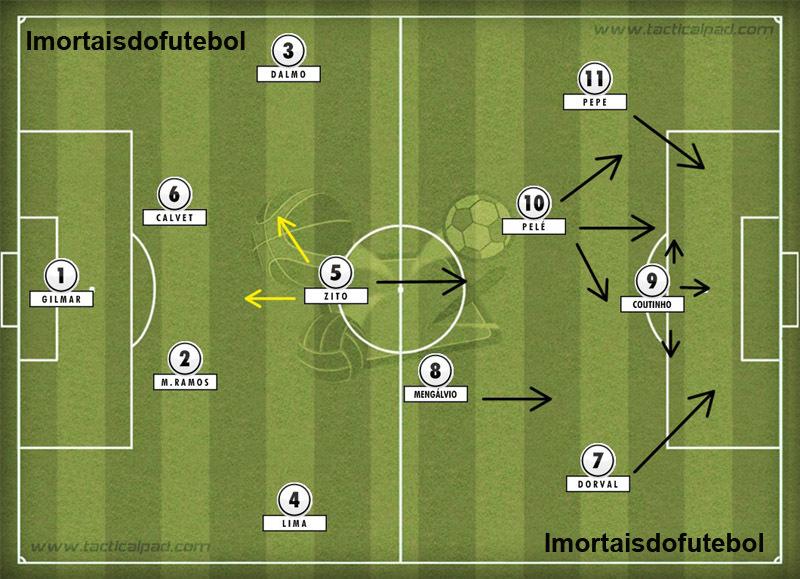
In any Brazilian formation of the time, the place of the primary striker was the revered position called Ponta de Lança (Spear-Head). At 1970 team, Pele did not hold that position on paper. That was Tostão who operated in way that was reminiscent to the modern False 9 or Deep-laying Forward role. He would drop back, hold-up play and generally disorient opposition defenders and get onto the end of passes or create space for teammates with his tricky movement and runs off the ball. But on paper Tostão was deployed as centre-forward. The player directly behind him in the positional map was the visionary Pele, greatest footballer ever. On paper Pele was deployed as the official #10 second/supporting striker and in the AMC strata. In reality Pele was this formation’s False 10, Shadow Striker who caused havoc through his intelligent movement with and without the ball.
So even though Pele started out in the attacking midfielder position, he was very aggressive in attack. This involved moving forward to play beside and sometimes beyond the striker. He did not act like a typical supporting Number 10 but rather was what Football Manager describes as a Shadow Striker. According to the in-game description, “shadow striker operates as one of the team’s main goalscoring threats. Coupled with supporting forward, he aggressively pushes up into goalscoring positions as the ball moves into the final third.”
The origins of Pele’s unique attacking style was as much a product of the contemporary Brazilian footballing culture as well as his own personal touch. All through Pele’s reign, from his Santos debut in 1956 until his move to New York in 1975, Brazilian football has been influenced by one formation.
In Brazil, for over four decades almost every team played some form of 4-2-4 both domestically and internationally. At least on paper it was 4-2-4 but in reality Brazilians ran this formation as a very modern 4-2-3-1. A formation that has become very popular in Europe in the recent decades and revolutionized English football in the early 2000s, was widely used in Brazil almost seventy years ago. And Pele was its king. He dominated the central attacking midfield role which essentially blended the best elements of a playmaker and striker. At both Santos and 1970 Brazil team it was tailored for a player of Pele’s ability, one who could both score and create.
In 1970, It was Pele’s timely pass to Carlos Alberto that was the final key to unlocking the Italian defence.
In reality Pele was the 2nd hidden Ponta de Lança that would finish of the moves started by his official striker partner Tostão. He (Tostão) acted as a sort of decoy to draw the opposition defenders out and give space for the runners behind him such as Pele and Carlos Alberto (right wingback). But Tostão was perfect for this role since he also played as a classic #10 playmaker for his club. Much like Pele he was a versatile attacker capable of playing all across the final third. Their partnership involved a type of “feint and riposte” ruse, common to fencing. Use an obvious big hammer to draw your enemy out of position and then strike with a hidden blade to finish them off. As simple as it could be lethal.
In many ways the modern game of football has become a complex game of cat and mouse, of crafty deception and tactical feints. When an effective low defensive block is used, a stronger side will need to work hard to gain any open space or any kind of numerical advantage on the field that is already compressed by the opposition. Increasingly, winning matches has become more challenging for the favourite team than for the underdog. It is no different in FM virtual environment.
Top managers such as Pep Guardiola and Jurgen Klopp thrive on using strategic ruses. One such ruse is the intentional overload. These managers use highly specialized roles such as the inverted wingbacks and false wingers/mezzalas to move into spaces not traditionally occupied by those kinds of roles. Shadow Striker is not the only role striking from the shadows in modern football. So it is not surprising that the use of a false9 and false10 combination is as relevant today as it was 50 years ago.
To further add, the centre-forward’s role will vary depending on the attributes. If you have a very creative, technical player then an actual False 9 role will be ideal. But for most teams a deep-lying forward will work wonders. And of course if you have an elite well-rounded forward then perhaps using him as Complete Forward (S) is not such a bad idea. Especially if he has “comes deep to get ball” trait.
Unsurprisingly, a pairing of Shadow Striker and Deeplying-Forward/False9 will make or break a tactic that relies on a shadow forward. The two need to absolutely have good chemistry together by having attributes that complement their separate tasks well. Here I will show two examples of the players I intend to use with this tactic in FM23.
False 10 (Shadow Striker):
You always have to keep in mind that the Shadow Striker will be one of your main goal threats. For this reason, his attributes like Anticipation, Finishing, Composure and Off The Ball are very important. Besides the usual physical attributes to make him quicker in taking advantage of any open space. Nevertheless, it is best to use a creative/playmaker type with some very good striking abilities in this role, rather than a pure goalscorer with low passing/vision. Mainly because he starts out in the deeper position and will invariably aid in your build-up. Also a good Work Rate attribute will further help him in this aspect. My chosen player unfortunately lacks exceptional work ethic. But his other attributes more than make up for it.
The selection of individual traits can also be very important here. Having a blend of attacking and playmaking ones like “gets forward”, “runs with ball through centre” and “tries killer balls often” is ideal.
And this is my Shadow Striker’s striker partner (False 9):
This player can actually be a good False 9 role in the game. But I prefer him to play as a Complete Forward to encourage him to also operate higher and pin the opposition defender back from time to time and, as a result, free up more space for my Shadow Striker and Right Winger. As a False 9 I am afraid he would be too one-dimensional in going deep and only playing the supporting role. And luckily, he has the attributes to make him into a decent CF(S), especially because of his well-rounded physicals. He won’t be the best Complete Forward but sufficient for the needs of my tactic in its first few seasons.
The overall tactical system is closely tied to the club DNA, something that can take years to develop. Man City did not start playing Pep’s brand of possession football overnight. It took years of careful transfers and training. Likewise, I am not looking to take just any club and quickly indoctrinate it from a blanc slate into Brazilian football powerhouse. As much fun as it would be to take control of Division 5 club and make them into masters of elegant, technical attacking football ala 1970 Brazil. That could take a decade in Football Manager.
No, I have more limited, realistic goals in mind. Lets take over a relatively strong team that already has a few elements to make this kind of football work. And then use it as an example of what’s possible with this style. Using the strong foundation and improving on it to make the club into the real challenger against the “big boys” in the Champions League. Hopefully, all in a matter of a couple of seasons.
Rock You Like a Furacão!
Now moving on to the important right wing role, inspired by the one and only Brazilian Hurricane (Furacão). Initially, I had a few roles in mind here before settling on Trequartista. Honestly it all depends on the kind of player you have. Therefore there can be quite a few combinations of roles, individual instructions and traits to recreate this unique versatile wide forward role. There are no wrong answers really, as long as it works within the system.
Jairzinho was a very versatile player capable of playing in a variety of attacking positions such as main striker, second striker, or even as an attacking midfielder. He was a veritable force of nature who could score lots of goals just as easily as set up plays for his teammates. Thus to recreate that type of behaviour one will need a hybrid role to combine the best elements of inside forward, attacking midfielder, winger and playmaker. And given a lot of freedom. So I was lucky enough to possess a left-footed player who fits the Trequartista role like a hand in glove.
If you have someone with great Teamwork who is better suited for the Advanced Playmaker or maybe Inverted Winger role then by all means go with that role. It’s always better putting the player into a role that suits his attributes rather than forcing him into a role that he does not have the key attributes for. This is irrespective of whether he is natural in the position (I don’t care about the little green circles). You might need to make a few individual instruction adjustments but it should still work well within the whole system. That’s the beauty of Football Manager. There are always multiple solutions. You just need to go with your gut feeling, try a role and see how it works. One could be perfect for one team but not at all with another. And if doesn’t then try something else.
But coming back to Jairzinho. It is difficult to define what role he took on in the 1970 formation. Simply because he did so much on the pitch. Known by his nickname “Hurricane” and famous, in later stages of his career, for his large afro, Jairzinho was foremost a very exceptional player. Maybe not to the same level as Pele. Who was or is really? But still a generational talent that Brazil’s team was lucky to have during his prime. His bursts of lightning speed, dribbling, excellent first touch, finishing ability and shot power all defied defenders everywhere.
But his most feared attribute, was his strength. Many have claimed it would take minimum 3 men to push him off the ball. And Jairzinho was a hard working team player who would constantly track back and use his body structure to hold off counter attacks and block runs. In the game this ability is not solely represented by the strength attribute. The balance (and to a lesser extent agility) attribute plays an equally important role for attackers who see a lot of the ball.
As well as his effective play on the ball, Furacão possessed phenomenal off the ball and technical ability. One of his signature moves included flicking the ball up from a pass in open play inside the box and cushioning it perfectly for an open shot. In terms of technical ability he also had loads of smart creativity, which is shown in the pass that he put in for Pelé vs England (following the famous Gordon Banks save). Unsurprisingly, some say Jairzinho a his prime was one of the most complete inside forwards of all time.
So even with an elite player, it is not realistic to think that you could recreate a Jairzinho-style of play. In the game, best we can aim for is for an attacking playmaker/inside forward hybrid to cut inside into the middle from where he can act as an important attacking pivot. Much like the Shadow Striker before, you will require a versatile player who is capable of both crafting and finishing goals. The actual role in FM23 is not as important as long as it is one that is conductive to this kind of behavior. Largely it is very much player (due to traits and attributes) dependent. So using a generic role like Inverted Winger could work. As long as you add on a few individual instructions to further refine the type of movement on and off the ball that the tactic would require.
As mentioned before, I went with the Trequartista role simply because it fit my player so well. But for another player I would have used something else. For the purpose of my tactic, I just need a creative wide attacker to move into the big space liberated by the Shadow Striker who starts centrally and pushes forward. At the same time I have a wingback runner (Carlos Alberto role) on the same flank. So while my Trequartisa cuts inside he needs to be strong enough to be able to hold-up the ball and set-up plays for the two channel runners around him.
Ponta de Lança – Primary Centre Striker
Complete Forward. What is an ideal striker? One that is equally good in attack and support perhaps? My ideal centre-forward in a Brazilian-inspired system, would be none other than Ronaldo. Ronaldo Luís Nazário de Lima that is. The original one. The one and only. Will the real slim shady please stand up!
Ronaldo is regarded as one of the greatest and most complete forwards of all time. And had he managed to stay free of injuries then he had every chance to become the greatest footballer of his generation. The next Pele. Sadly history had another Ronaldo in mind. But we can always reminisce. Especially those of you, who like me, grew up in the 1990s and remember the 1998 World Cup.
I’ve never seen a player able to show such precise control at such high speed. Watching him was like watching a character in a video game.
– Former France defender Marcel Desailly on Ronaldo’s combination of speed and close ball control.
Ronaldo did things nobody had seen before. He, together with Romário and George Weah, reinvented the centre-forward position. They were the first to drop from the penalty box to pick up the ball in midfield, switch to the flanks, attract and disorientate the central defenders with their runs, their accelerations, their dribbling.
-Thierry Henry
Dubbed Il Fenomeno (The Phenomenon), Ronaldo was a new breed of a complete forward. He became famous for being a lightning fast, prolific goalscorer. He was an extremely powerful, fast, and technical player, with excellent on the ball movement, as well as being a composed finisher. But he was so much more than that. More than just an individualistic attacker, he was also capable of providing assists for his teammates, because of his vision, passing and crossing ability. His low strong athletic build and truly phenomenal balance allowed him to hold off the ball from even the most determined defenders. Enough to hold up the play, dribble around and pass it to another teammate with a better shot on goal. This was rare though. Because usually Ronaldo had the best shot on goal due to his sizzling pace.
Ronaldo was also highly regarded for his technical ability. He was able to use both feet (great trait for any striker) and was considered one of the most skillful dribblers in the game. Along with Brazilian compatriot Romário and Liberian star George Weah, Ronaldo was known for operating outside the penalty area before running with the ball towards goal. Very deadly during counter-attacks. Often positioned near midfield, once in possession of the ball he would waste no time in making a beeline towards goal. In this way, Ronaldo frequently beat several players when dribbling at speed, and excelled in one on one situations, due to his exceptional ball control, acceleration, agility, balance and nimble footwork.
Ronaldo was a perfect example of a Complete Forward who could really excel in supporting his team and making them play better purely though his own boundless energy on the pitch. In contrast to the more stationary supporting forwards like Targetmen or the “one-trick pony” False 9s who only know how to drop deep to allow room for the wide attackers, Ronaldo drew defenders to him merely by confounding them with his movement and being the Energizer Bunny role.
This is the role that Mario Zagallo was more than happy to put Ronaldo into in his Brazilian team. As Brazil’s manager at 1998 World Cup in France, Zagallo decided go with the classic 4-2-2-2 Box formation. And naturally the rising star Ronaldo would have a place at the top of the formation as one of the two strikers. There he showcased his ability to drop away from play and pull defenders out of position by his mere presence. This would inevitably create space for runners coming from deeper. A complete class act, Ronaldo was more than happy to aid his teammates.
And the team relied on more than just Ronaldo’s goals in this tournament. Ronaldo himself scored four goals, but Bebeto, Rivaldo and even deep midfielder César Sampaio all scored three goals each. Only the hosts France, who defeated the Brazilians 3-0 in the final, scored more than Brazil in the tournament.
So hopefully this gives you an idea of what kind of player you will need to spear-head your formation. Basically a very well-rounded one. A Total Package like Brazil’s Ronaldo used to be in his prime. He will need to have a bit of everything: wide selection of technical skills, good mental attributes and above all very good physicals. I guess if I had to give a modern example then maybe Erling Haaland comes to mind.
Although getting such a player at the start of the game is easier said than done. Unless you are already playing as Man City and rolling over the competition. But what’s the fun in that? So thank God for newgens! This is perfect position to try to fill with one.
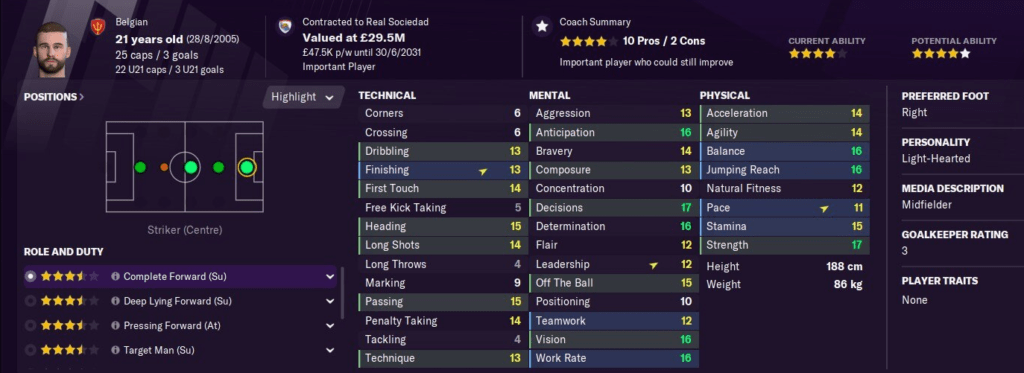
The Jogo Bonito Style – Does Your Team Fit the Template?
Lets take the example of Sporting CP. A reputable club in Portugal with a rich history of bringing through some pretty great young footballers. Also, being among the “Big Three” in their nation, they are not afraid to play attractive attacking football. They already have the personnel for it. But is it enough for Brazilian style of Attacking Football?
First, I need to touch upon a few elements of this style which I want to see in the game. I think I already mentioned some of these in my introductory article, but I’ll reiterate because this is rather important.
To me what does Jogo Bonito mean? Much like Total Football, it is hard to define. Jogo Bonito brings on more emotions than specific words can describe. Yet, I know what it is in my mind. Football as an artform. Or as music to my ears. The sound of samba drums beating out the heartbeat of the sport.
Blend of Attacking and Possession Football. The perfect antidote to boring “Anti-Football”.
Mario Zagallo was the architect of this style and his 1970 Brazilian team was one of the best to put “Beautiful Game” Football into practice. Jogo Bonito. Brazil mastered a unique style of pass-and-move, progressive possession attacking football. They played to attack and possess the ball. But only strived to possess the ball as far as it allowed them to continue attacking.
But in FM23 what kind of team, and most importantly players, would be most conductive to recreating Jogo Bonito? In Football Manager, attributes are essential when it comes to easily assessing the capabilities of your team. And the type of style that the team can play is intricately linked to the team’s attribute distribution. So does Sporting have what it takes?
There is actually quite a bit of overlap in the attributes needed for both attacking and possession football, because both styles are highly demanding, high risk, high reward ways of playing. When playing attacking football, the focus is always on trying to smartly exploit the space in your opponent’s half in order to move the ball closer to their goal. Players exploit that space through a combination of on and off the ball movement, numerical overloads in the right areas and pinpoint passing. At all times you put pressure on the opposition by controlling the tempo and the flow of the game. Unsurprisingly, to successfully pull off attacking football your players will need to possess a combination technical skill, footballing intelligence and most of all, physique.
Some important Technical Attributes are: Dribbling, Finishing, First Touch, Passing and Technique.
And Mental Attributes: Anticipation, Composure, Decisions, Flair, Off The Ball, and Vision.
While Physical Attributes needed for Attacking Football: Acceleration, Agility and Pace.
Now Possession Football is all about Control. Both ball control and space control. In both your own half and in the opponents half. Some high-pressing ball-hungry teams such as Pep Guardiola’s Barcelona and more recently Pep’s Man City had shown to be especially good at exerting control in opponent’s half of the field. In a way this type of possession strategy has turned into a complete attacking/defending strategy. Defend by denying the ball to your opponent. It is not exactly what Brazilian Football was ever about. Neither is it to keep possession for the sake of possession and at the expense of everything else.
Jogo Bonito is all about pass-and-move strategy. This principle was at the heart of everything. In Zagallo’s team, no single player was allowed to stand still. Everyone was expected to constantly look for spaces in which they could act as passing option for another teammate with the ball. And when they would received the ball, they had to immediately look for another potential ball carrier before once again moving into a supporting position. It was a simple concept that became the central aspect of Zagallo’s 1970 Brazil team.
Although Zagallo’s free-flowing attacking tactics may not have been about meticulous build-up from the back and patient sideways passes, the Brazilian manager nevertheless taught us a thing or two about how to defend through possession. Specifically, he had his team play with an extremely high defensive line so as to compress the pitch as much as possible in the defensive phase. When the Brazilians progressed into the opponents’ half, a covering back line of three (two centrebacks and usually the more defensive fullback Everaldo) would push up as high as the halfway line. DM Clodoaldo would generally sit just in front of them and help in recycling possession.
Zagallo had built a team to defend with the ball. He knew that the Mexican heat would make it almost impossible for teams to sustain high-pressing tactics against them. And so he had them play with a high line that invited opponents to try to press them. But ultimately, the effort required to win possession back against the skilled Brazilian team in such heat would cost too most opponents more than they were willing to give. Across the whole 90 minutes.
Much like Attacking Football, Possession football requires very technical players, capable of keeping hold of the ball for long periods of time. So the attributes needed are: Dribbling, First Touch, Passing and Technique.
While the mental attributes are equally important. Ones like: Anticipation, Composure, Decisions, Off The Ball, Teamwork and Vision.
Physical Attributes are not as essential to Possession Football as they were for Attacking style. But still a few key attributes are essential in helping the player stay on the ball: Agility and Balance mainly.
So as you can see there is quite a bit overlap in the kinds of Technical, Mental and Physical attributes needed to play a mix of Attacking and Possession football.
As a quick example, here are the attribute comparison of five of Sporting’s most offensive-minded players. No doubt, they will have an important role to play in achieving the style of football I am after. Not quite Zaggalo’s 5 #10s, but nevertheless 5 great players who can lead the team to glory.
What I Do Before Pressing CONTINUE
My first task is to outline the foundation of my tactic. At this point, having chosen your club, you probably have a basic idea of how you want them to play. In general attacking/possession systems are best suited to the top few clubs in their league. And as I mentioned before, to play Brazilian-style football, you will need a team that has players with attributes suited to both attacking and possession style. Brazilian Jogo Bonito is a demanding combination of the two styles. Also, you can quickly assess the suitability of any team by using my custom attribute filter. The download link is here.
So if your team fits the Jogo Bonito template, then the next step is deciding on the formation shape. This choice is not as important as having the right players for the style. Usually, going with any formation that grants an advantage in the midfield is a good idea. Thus both 4-2-3-1 or 4-3-3 are a good choice. They offer a good balance of defence and attack, wide and central attack. And they are both fit teams looking for progressive possession (due to staggered role distribution). Usually teams that have players for one formation will also be suitable for the other. Shadow striker can easily be turned into an attacking central midfielder (ala Lampard). When managing a strong team, I tend to train both formations, and mostly use 4-2-3-1 as my go-to attacking tactic against weaker opposition. Then the more defensive 4-3-3 – for tougher away games and Champions League opponents.
Even if you do not know the exact roles and instructions, you will need to decide on the formation, because that needs to be set before you can do the next step, using the Squad Planner tool. The tool won’t work until you either select a tactical preset, load a downloaded tactic or create your own. On your first day, you won’t need to worry about the details of the tactic like the instructions. You will have a few weeks before the start of the regular season to figure those out. For now just take the time to set the team mentality and set up the roles. Depending on how you want your tactic to play, you might have a general idea on the mentality and some of the roles. I also added a few instructions which I believe to be central to the style I’m trying to recreate.
Again, these are not finalized but they do give a general idea on how I want my team to play. Attacking, fluid, pass-and-move football. Maintaining possession as desired but not required. Not Tiki-Taka but Vertical Tiki Taka focused on possession with intent and vertical progression of the ball. And to defend we want to defend proactively, very high and compact. Again, because that’s how Zagallo ran his team. I went ahead and set the roles that I want to try in my tactic. I came up with these after doing my research on 1970s Brazil tactic. You can read about some of those in my previous posts. The actual roles might still change as I continue the save so don’t get to hung up that aspect this early on. Nevertheless, it’s a good idea to at least figure out who you want to be your runners, supporters, defenders and scorers.
Note that I did not use “Attacking” team mentality despite desiring a rather offensive style of football. When testing a new tactic, I prefer to start off conservatively with my mentalities and instructions. This way we will not be too exposed to counter-attacks if there are major faults in the tactic. A more balanced approach allows me the luxury to observe how the roles are interacting with each other over the first couple of matches. If I see that we are not creating many chances (or only low quality chances) then at least there are a few areas where I can boost risk-taking. Such as by increasing team mentality by a notch or making or adding overlap/underlap instructions to accentuate some of my players’ behaviors. It’d a much better platform to start tweaking a tactic, rather than starting with all the high risk options turned on.
Now that the foundation of the tactic is set, it is time to look closer at the individual players. The 2nd thing I do is to assess my First Team squad (and the more promising prospects in the reserves). The new Squad Planner tool makes this process easier than ever before. Not only does it conveniently organize all your teams (1st, reserves, youth) in a visually appealing manner but also allows you to move the players around to try to build a sort of depth chart for each position in the tactic. You can also filter certain players out, if you only want to see players from the 1st squad for instance.

The tool even allows you to add future transfers from your shortlist and see where they fit on your depth chart. But I won’t be doing that on the very first day.
After setting up the basic shape and roles and having used the Squad Planner, should give you a good idea of who are your key players. That’s the players whom you will want to retain long-term at whatever the cost. These are mine.
Usually my key players are:
- In positions with very thin substitute depth (as per Squad Planner). It could adversely affect your tactic if one such player gets a long-term injury or his release clause gets triggered. These positions should be among your first transfer and scouting targets. And make sure that the players are tied down with a good long-term contract because you never know how long it might take you to find an equivalent or better substitute. In my squad, my 1st choice Keeper Antonio Adan and my Segundo Volante Hidemasa Morita are such players. In both cases we do not have very good substitutes if those two get injured.
- Are older but with very good current ability (3.5 stars and higher) and with short term contracts and/or low release clauses. They will become transfer targets for multiple clubs very soon. The longer you wait the harder it will be to resign them. And due to their high ability, without these players the tactic could be drastically affected.
- High potential young prospects who are ready/or almost ready for 1st Team and are not tied down with a long term contract of a high release clause. It is important to never lose track of the future of the club. Make sure the wonderkids are secured at the very start of the save. You don’t want PSG unsettling your best youngster in your first week on the job. Sporting’s young prospects like Joelson Fernandes and Jose Marsa are on the cusp of 1st Team football but only have contracts until 2023 and 2024. My first order of business will be resigning those.
I try to sign as many of my key players as possible on long-term contracts. You do this at case by case basis. Sometimes one extra year is not worth it if it means a big jump in their salary. Also, make sure to check whether there are any contract extension clauses that you can trigger before you sign a new contract.
And of course check the release clauses on all players. Make sure they are not too low in comparison to the value of the player. Sometimes signing a longer contract might not be a good idea if the player forces you to lower the release clause value.
If you see major gaps in the quality for any of the positions in your tactic, then it is probably a good idea to set a priority to scout players to fill that role. Although it is not something I generally do on my first day. Simply, because I like to turn-off early transfers in most of my saves. I like to see what I can do with the squad at hand before trying to fix it. It also gives me more time to properly scout the required positions and avoid impulse buys.
So there are definitely a lot of things to consider before you move to the next part. And your first day on the job is not even over yet!
Next order of business, is to identify gaps in the coaching staff. To do that you’ll first need to assess the current coach workload and optimize it. That means moving coaches around into training areas they excel at (have highest star rating for). Also at the same time try to reduce their workload if possible. As a rule of thumb I prefer that my trainers aren’t involved in more than 4 training areas. This process of optimization and workload redistribution is bound to expose areas where training coverage is thin. This is designated by “heavy” workload label at the bottom. Some actual gaps (no coaching coverage at all) might become apparent.

Don’t leave any training holes before closing this screen. It’s better to have “Heavy” workload rather than no workload at all. But at least now you know what kind of coaches you will need to look for. In this case you might have to ask your assistant coach (usually the most well-rounded trainer) to cover those gaps (even if their workload goes above four areas). Or you might have to cover it yourself. This is a temporary solution. Your next step should be to hire more specialized coaches to fill the deficient training areas. In some cases, it might be harder done than said. If your training staff is already maxed out then go ahead and ask your board for more coaches. This is usually granted at the beginning of save, unless your club isn’t doing well financially.
On the topic of training, I also like to set up the individual training for my 1st Team players. This is rather simple. I train everyone in their role (in the tactic). I try to keep the intensity at medium, with a few exceptions. If a key attribute (for the role) is lacking then I will set the additional attribute focus. And if the player is 23-25, and almost exhausted his growth potential, I increase his training intensity to “double”. To try to get as much attribute improvement as possible in the limited time. Regarding general training, I started letting my assistant handle it since FM22. And honestly, I have not seen much difference from when I taking hours to tinker with it myself. The players still improve their attributes in all the usual ways. So less busywork for me. And I can focus on more important management tasks.
So now that I organized my coaching team and set individual training, one last thing that I like to do is to set the responsibilities for my backroom staff. I am a type of manager that likes to delegate as much busywork as possible to my staff. So that I can focus on the things that I love in the game. Those are mainly, tinkering with tactics, dealing and wheeling with transfers and player contracts and youth development. This is how I usually delegate tasks at my clubs.
This might be different for you, depending on what gives you enjoyment in the game. No matter what, it is still important to take a quick look at this screen before you progress to the next in-game day.
So that’s it! Now that you had set up your basic tactic, saw who your key players are, signed a few staff and player contracts and delegated some more menial tasks, it is finally time to press that “Continue” button. And then we can jump into all the fun stuff like tactic testing and scouting.
Other Articles You May Enjoy
If you enjoyed this, then make sure to follow us on Twitter and Facebook to keep up with all Dictate The Game content. Thank you for reading!

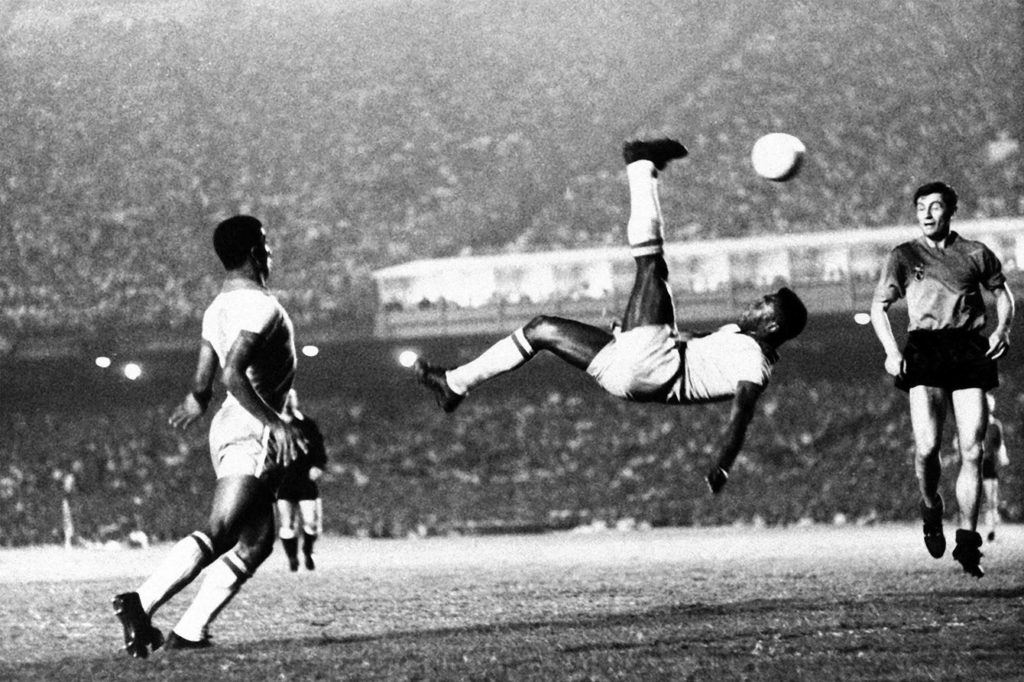
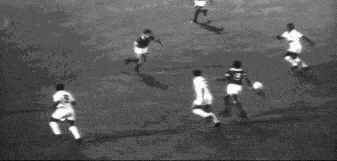
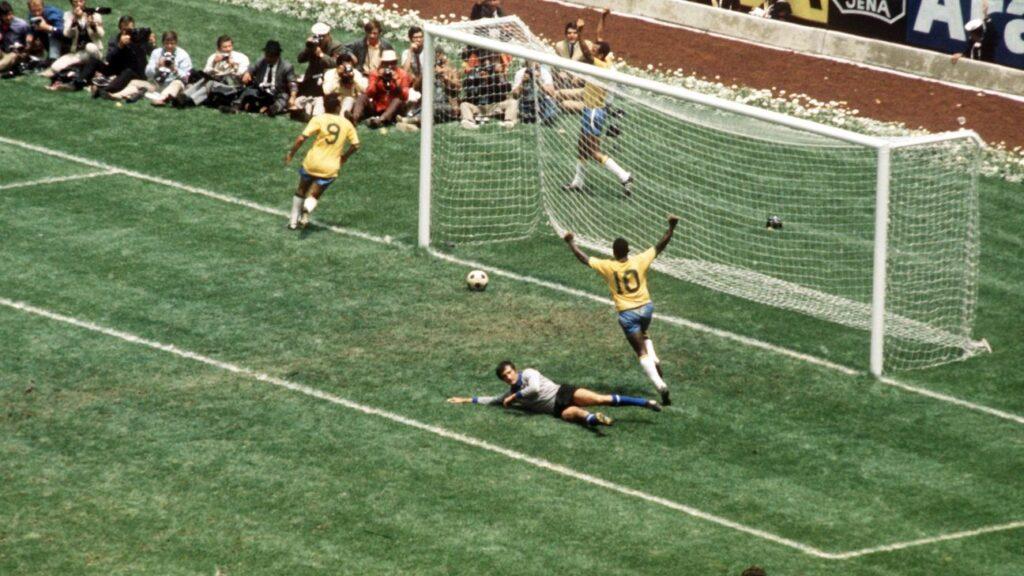
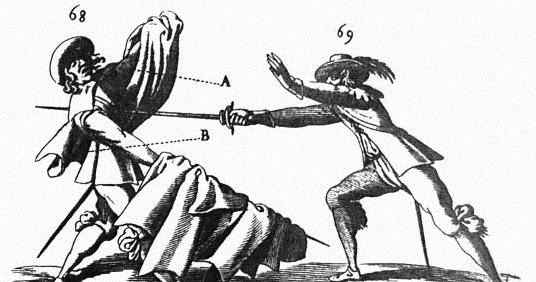

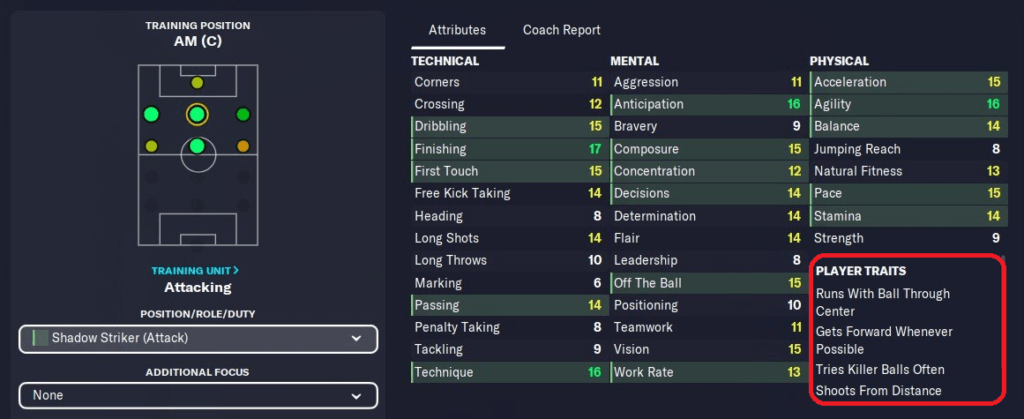
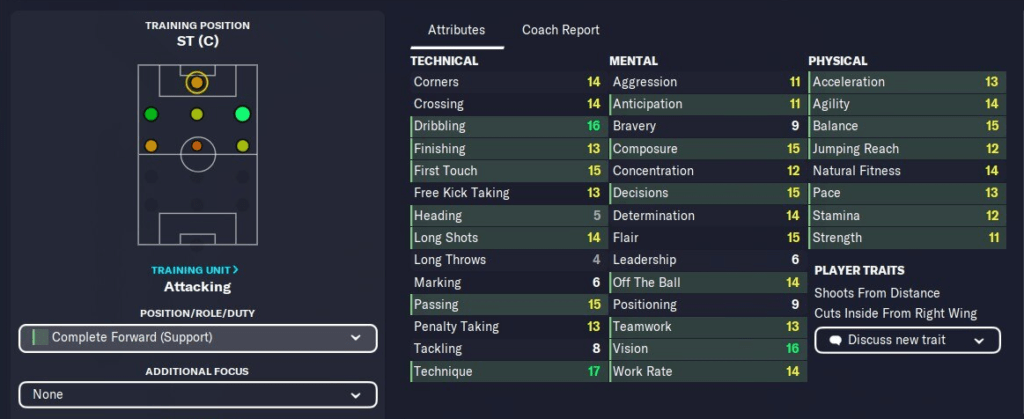
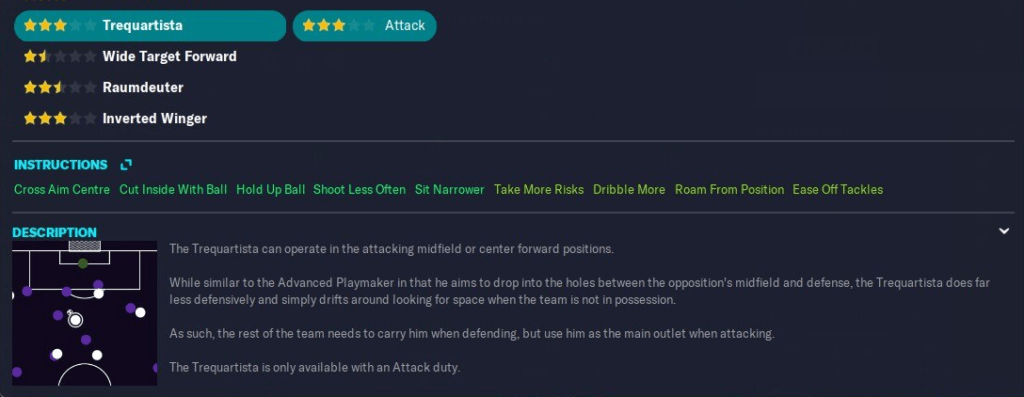
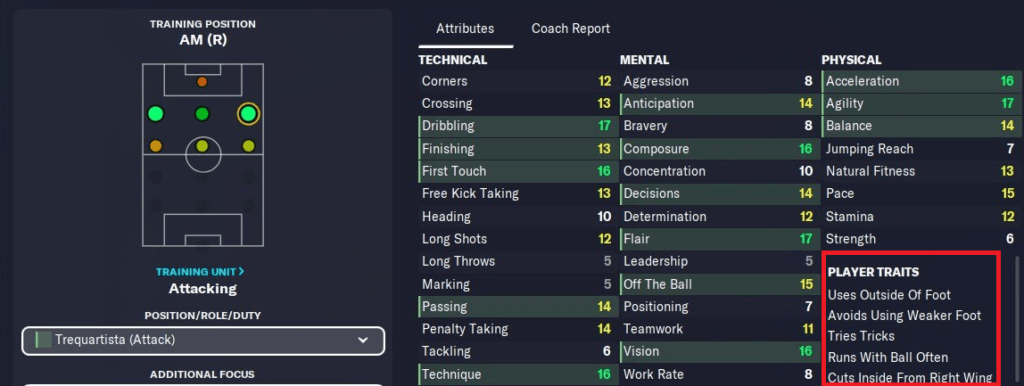
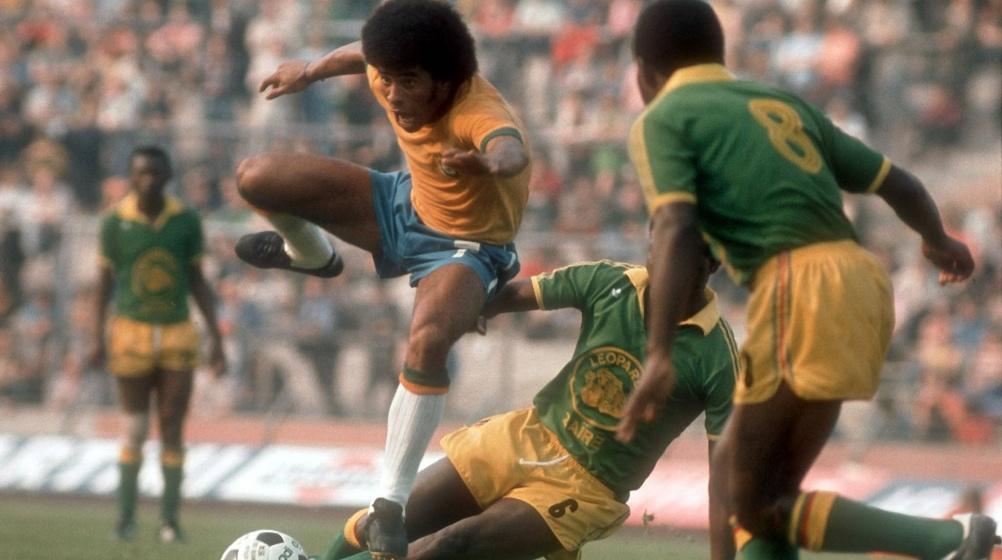
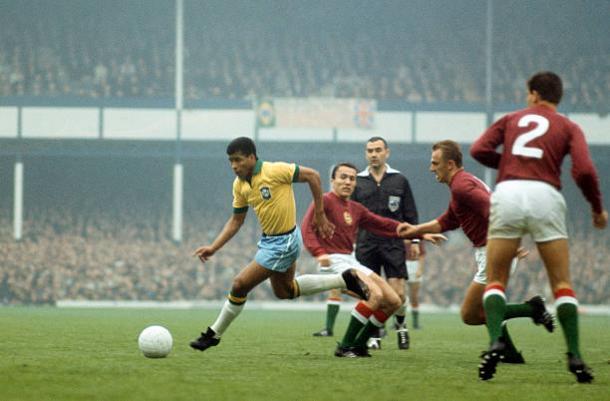
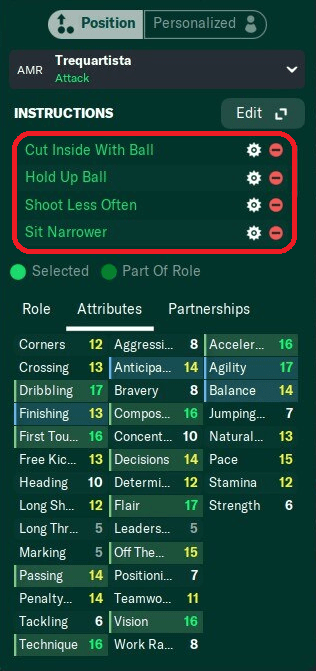
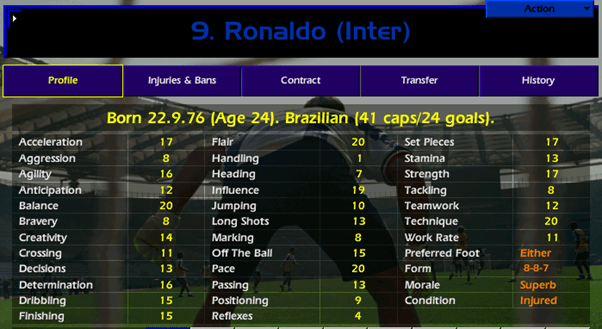
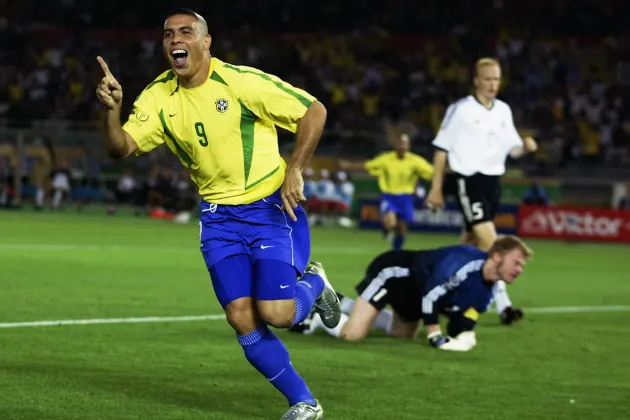
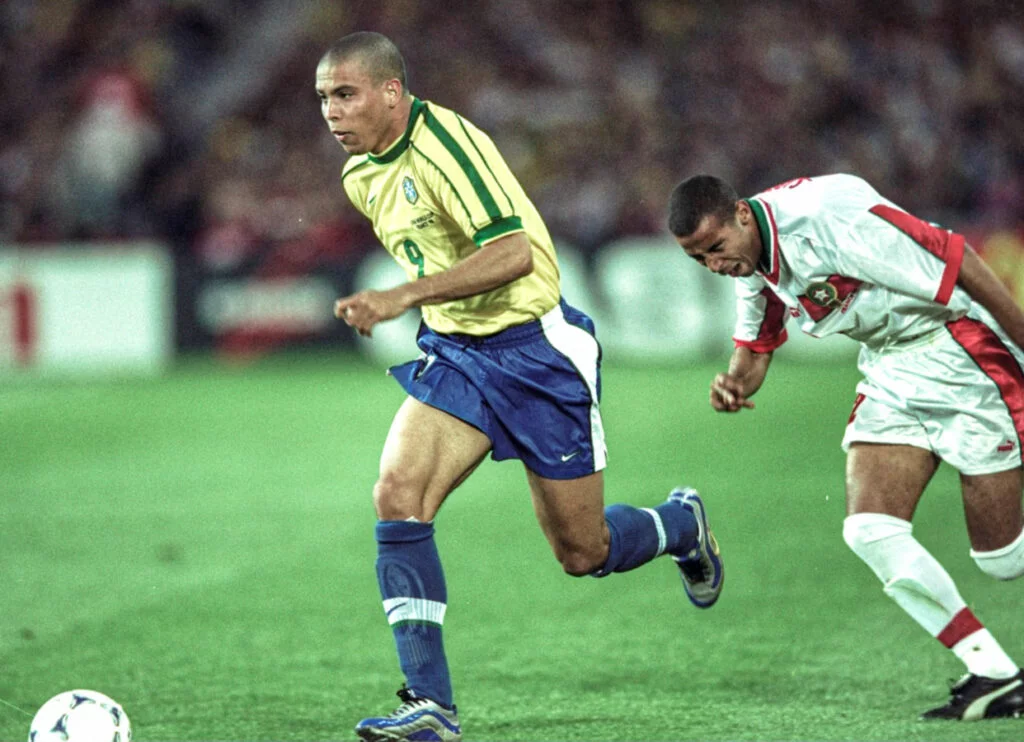
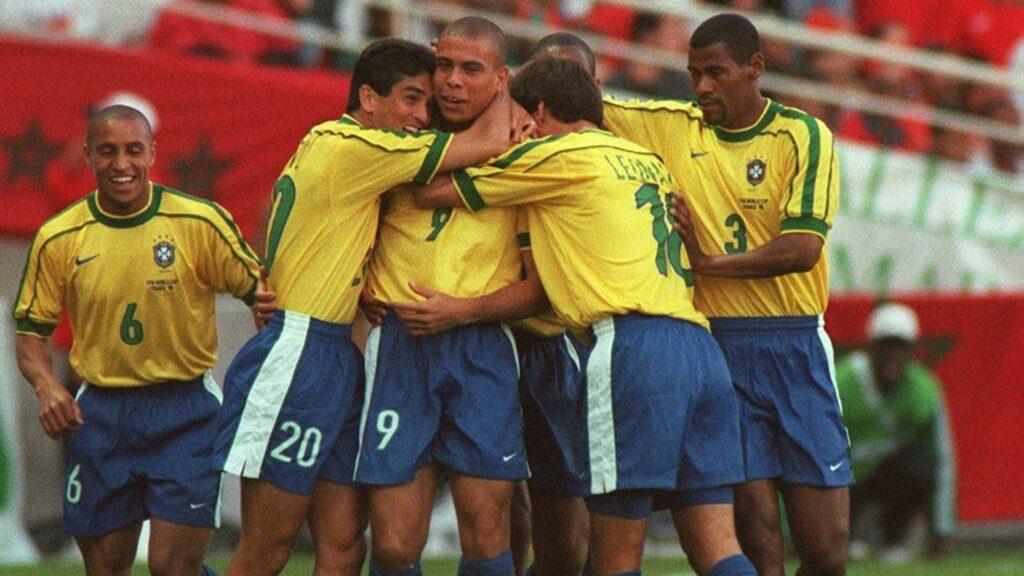






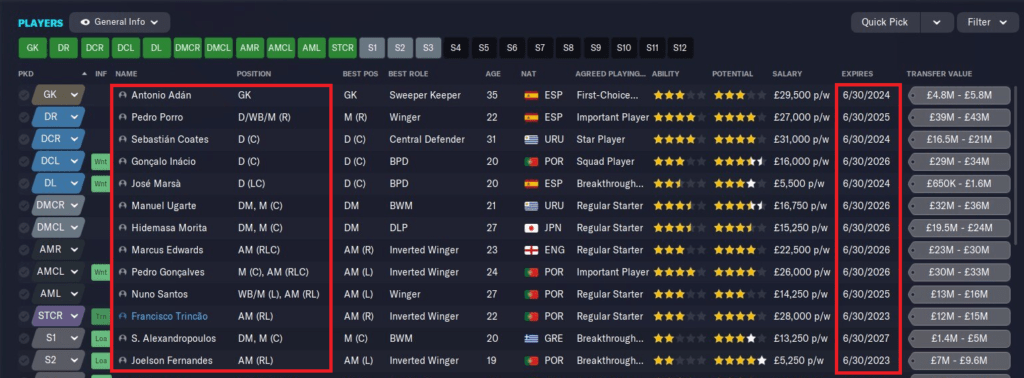
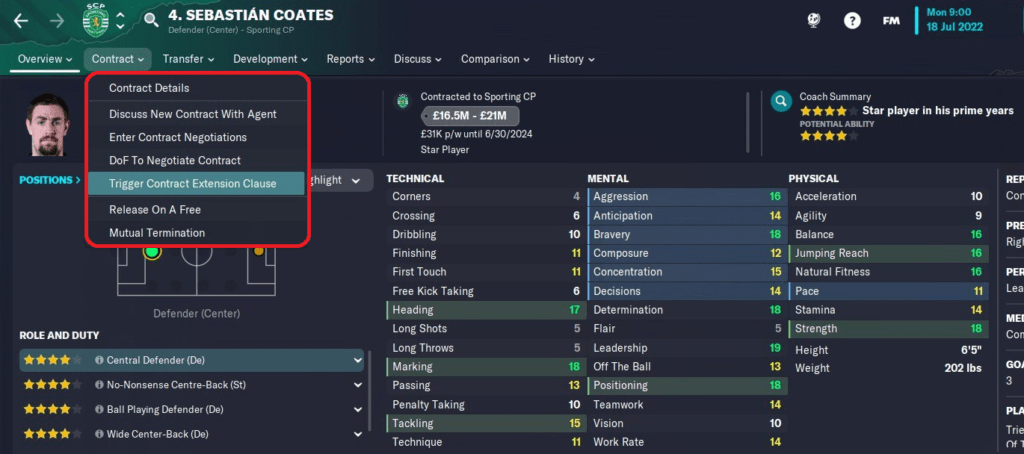
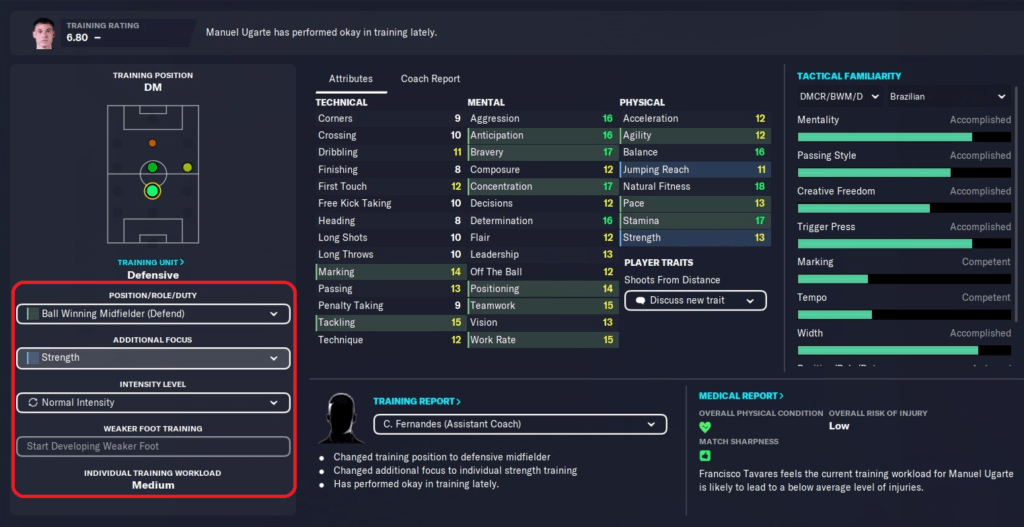
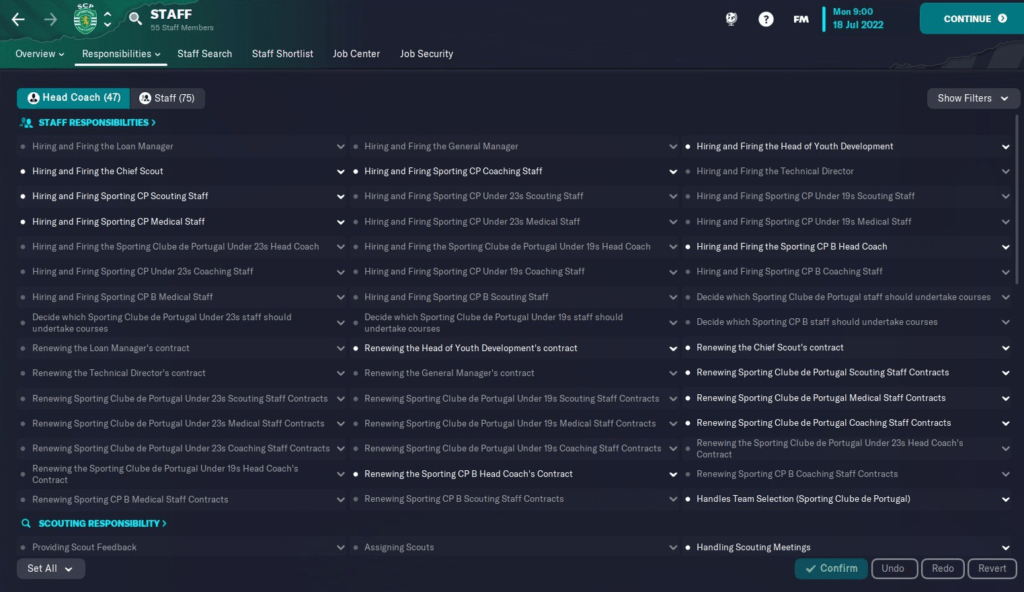
One thought on “Jogo Bonito: Guide To Brazilian Game (Part 2)”